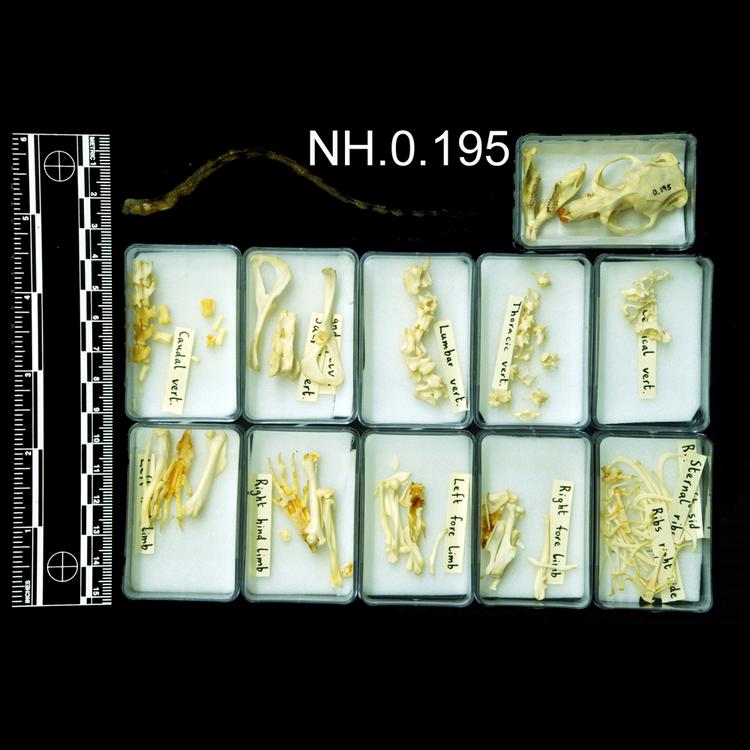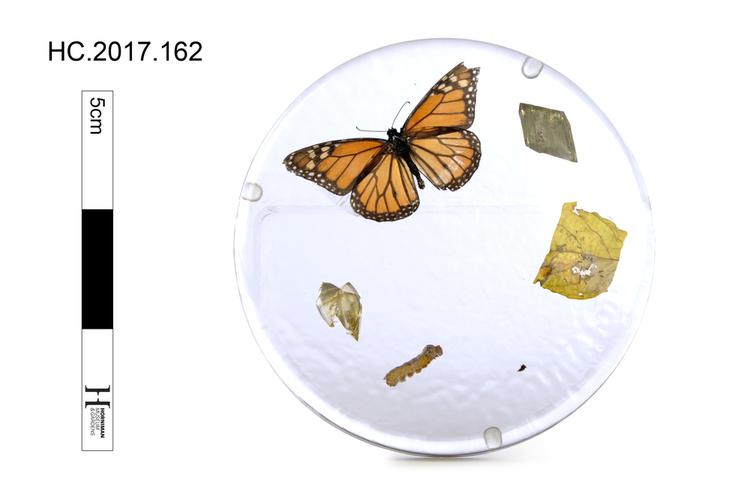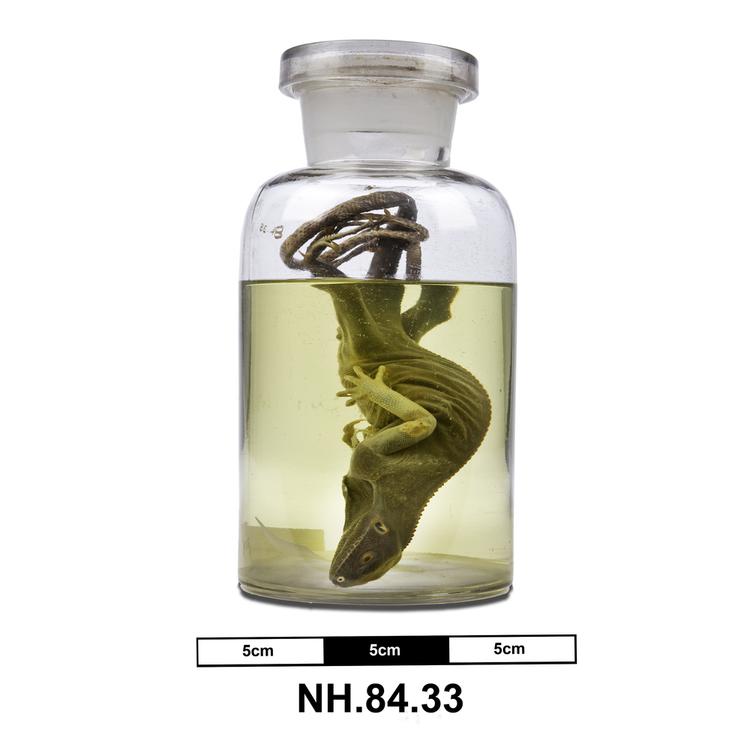The top haf of a coconut shell which has been cut in half transversely
Originated in Indian-Indonesia region and float-distrubuted itself around the world by riding ocean currents. Words comes from 16th century Portugeuse and Spanish word coco meaning head or skull, from the three indentations on the coconut shells that resembles facial features. Coconuts are too heavy to be disperesed by winds of normal strength, so a coconut falls from palm, rolls in to the sea, and is picked up by waves. They are bouyant, and the seeds can be carried far away and deposited on another shore to germinate. Humans help the process by gathering coconuts and planting them.






